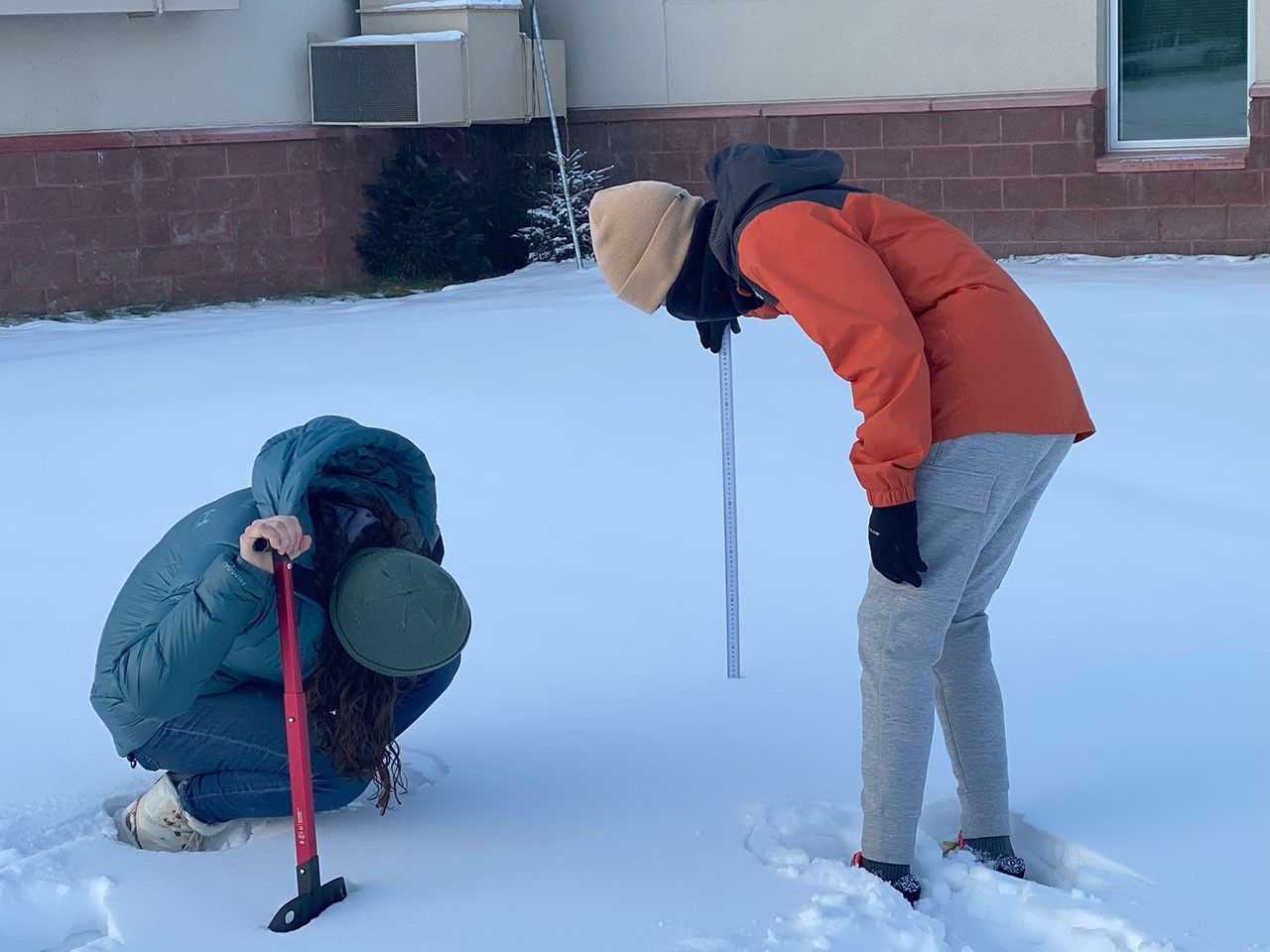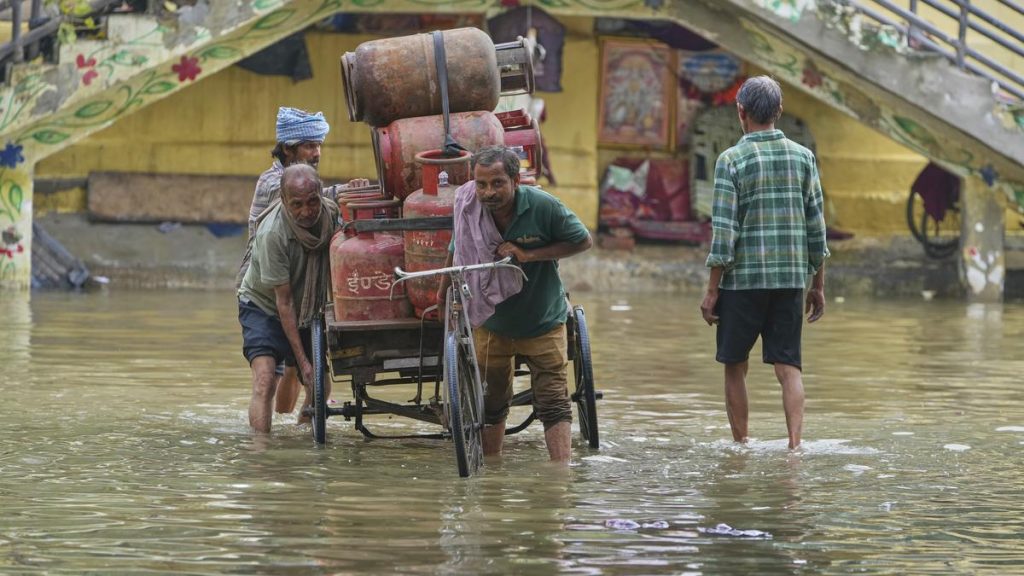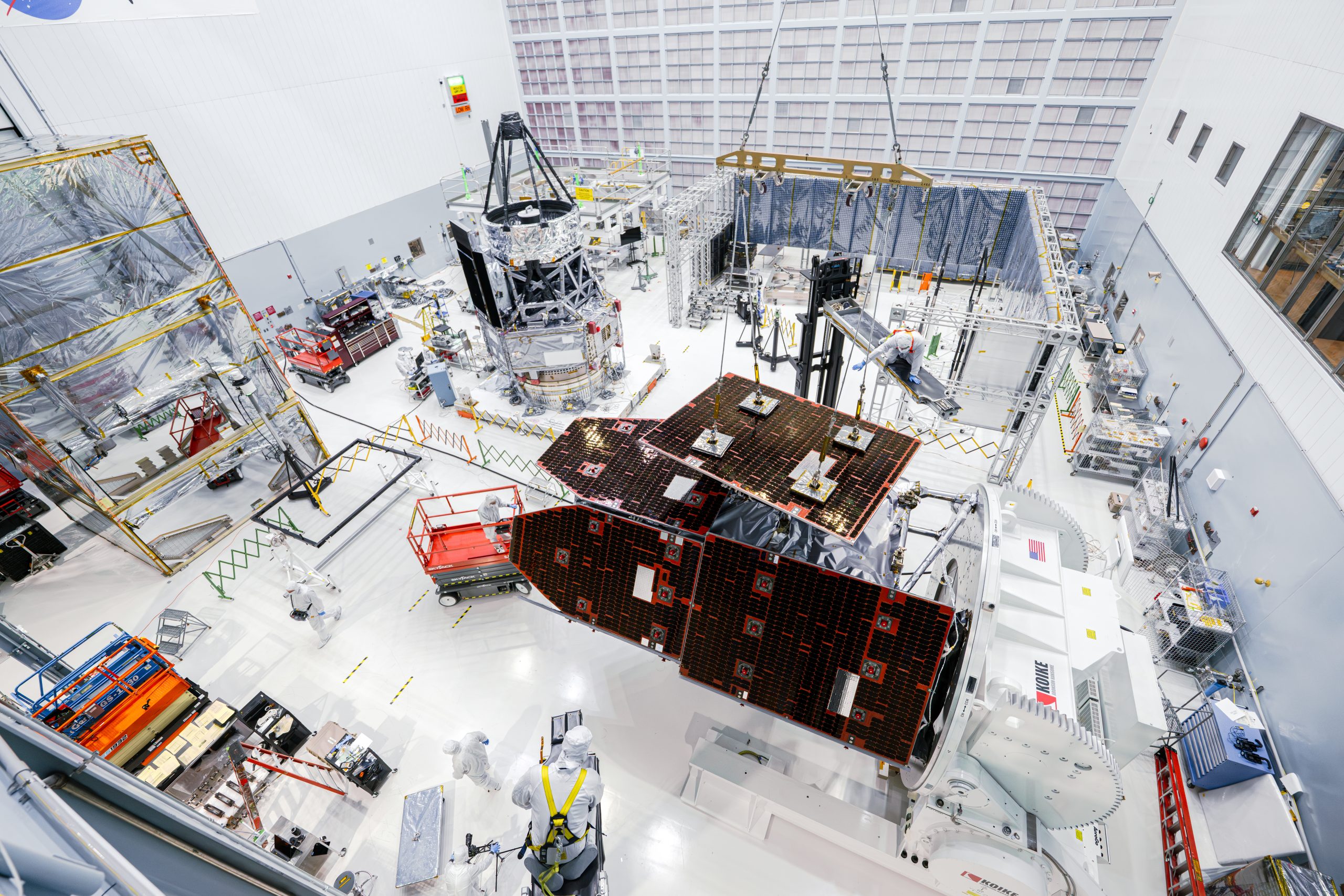Now Reading: Bridging Satellite Data and Local Insights to Revolutionize Alaskan Snow Science
-
01
Bridging Satellite Data and Local Insights to Revolutionize Alaskan Snow Science
Bridging Satellite Data and Local Insights to Revolutionize Alaskan Snow Science

Quick Summary:
- Seasonal snow is vital for global water and energy cycles, supporting resources like water supply, agriculture, and hydropower. Monitoring snow water equivalent (SWE) is essential but remains challenging in northern latitudes due to sparse in situ data and satellite observation limitations.
- Local Arctic and sub-Arctic residents offer valuable indigenous knowledge critical to understanding snowpack behavior.
- NASA snowex partnered with multiple organizations like MAIANSE, NASA-GLOBE program, SNOTEL network, and the Sentinel-1 satellite to study SWE variations across Interior Alaska’s landscape. Future integration with NASA ISRO Synthetic Aperture Radar (NISAR) mission aims to improve SWE measurements further.
- Students from Delta Junction Junior High & Senior High collaborated on SWE projects by collecting data on local snowdrifts through GLOBE methods after a classroom visit by scientists in Nov 2024. Youth-led scientific presentations enriched educational outcomes at national science conventions.
- In Spring 2025, high-resolution airborne imagery collected through Alaska Satellite Facility & ACUASI supplemented student observations for enhanced ground-satellite data connections.
- The next phase will involve collaboration with Native alaskan communities like the Healy Lake Tribe to incorporate generational knowledge into snow research efforts.
Indian Opinion Analysis:
The research initiative combining modern technology such as synthetic aperture radar (InSAR) with community knowledge underlines a collaborative approach that could serve as a template for similar environmental challenges across India’s high-altitude regions like the Himalayas or Ladakh. Indigenous expertise plays an vital role in complementing cutting-edge systems when standard measurement tools falter due to geographical constraints-an insight directly applicable within India’s own diverse terrains affected by seasonal snows.
Moreover, involving students demonstrates how grassroots engagement can cultivate future scientific contributors while strengthening education systems-a model India could replicate via initiatives connecting scientists with schools or tribal communities vulnerable to changing climates.
While this specific case focuses on Arctic regions of Alaska funded by NASA programs unavailable globally, its implications reinforce that localized problem-solving coupled with advanced technologies can mitigate risks tied closely to ecosystems vital for agriculture or energy production-themes matching India’s dependency patterns around Himalayan rivers powered largely by annual meltwaters.
























